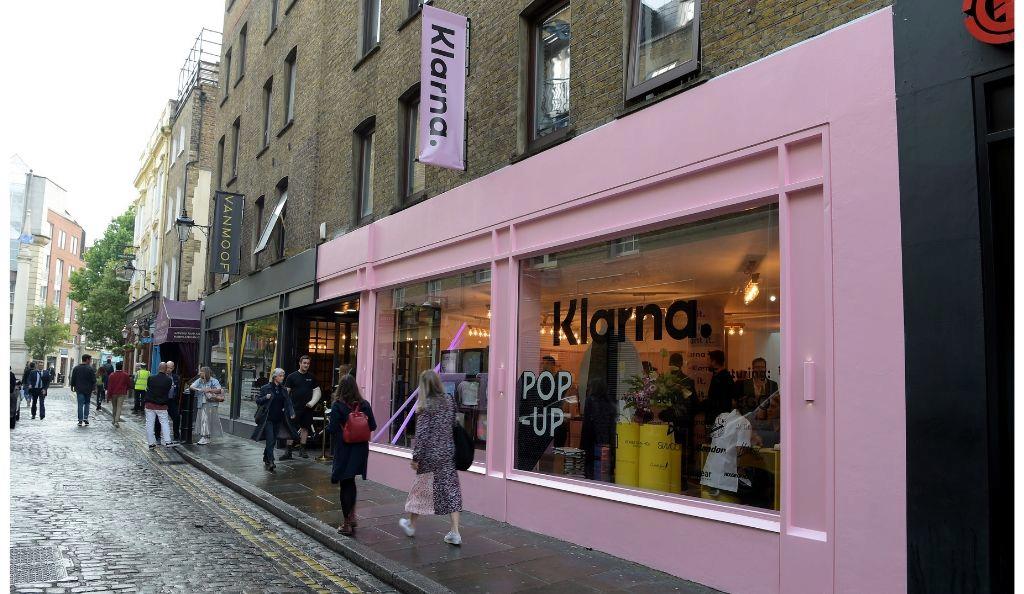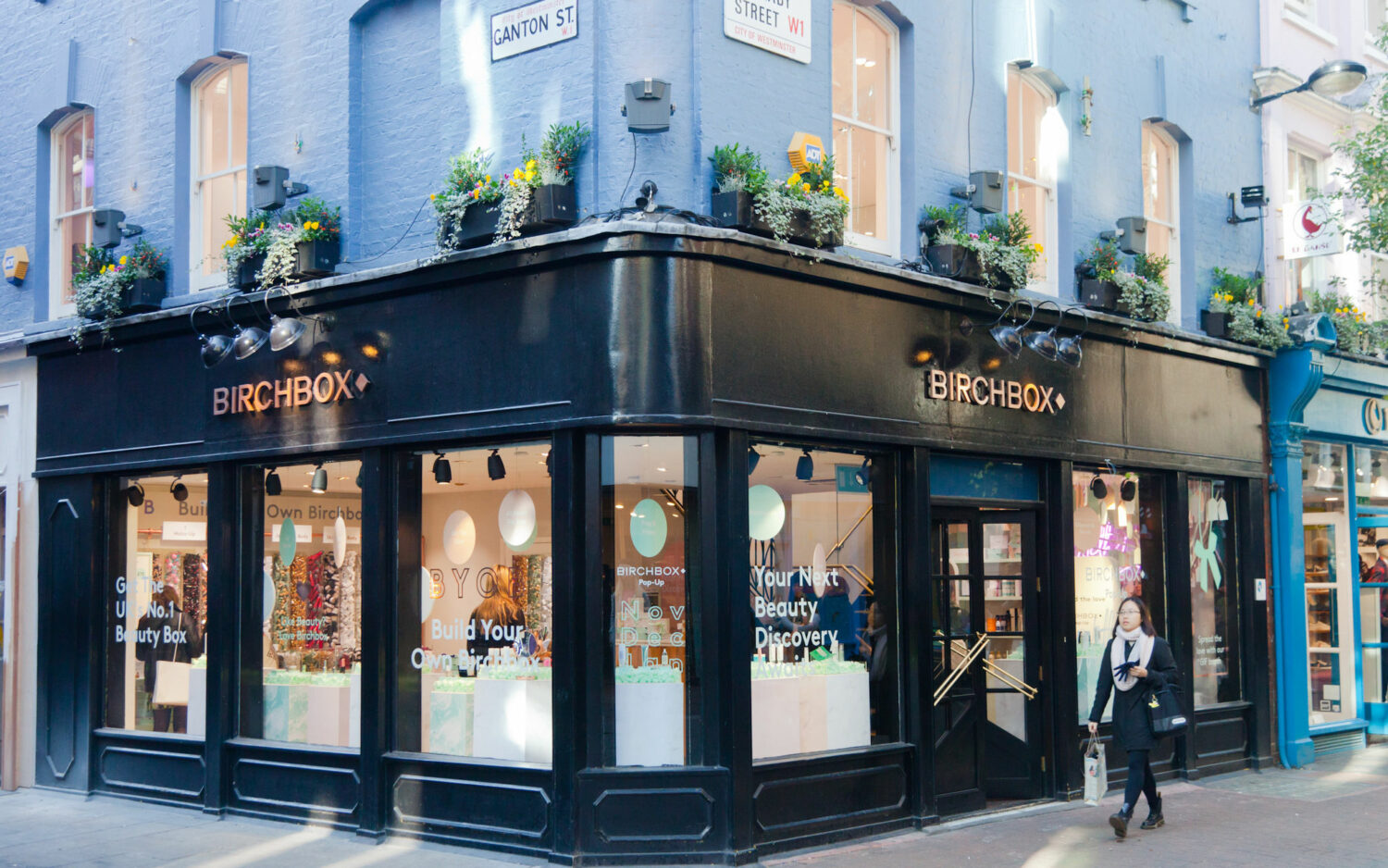Creative ideas for landlords with vacant space

Town Centres across the UK are all facing the same problem at the moment, that vicious circle of an increasing number of empty stores with an often-proportionate fall in footfall. When COVID’s behind us many predict a reinvention of the High Street where the good national retailers continue to thrive, more and more passionate local people open independent stores, and of course the inevitable happens when unlettable space metamorphizes into other uses.
But we’re not there yet. Most businesses, perhaps understandably, aren’t taking many risks. Whilst we’re in this transition period many landlords with empty spaces are not just missing out on a rental income, they are bearing all the costs of owning a vacant commercial space; rates, security, insurance and marketing.
So, what are the options for the many landlords stuck in this mid-pandemic transition period? How do they minimize the costs, whilst keeping their options open.
We spoke to Paul Hammond, from Hammond Associates and Lucinda Kelly from Popertee about possible solutions for Landlords.
Making space for your community – Paul Hammond, Hammond Associates
Hammond Associates is an 11 year old company that works with Landlords of all sizes to save a chunk of their costs, whilst helping the local community. They understand that Landlords face significant costs associated with maintaining empty commercial spaces.
Following consultation with the Local Authorities Association, the Charity Commission, Arts Council and HMRC, they developed a scheme which enables charities to make use of these empty spaces, thereby saving the Landlord significant amounts of costs. To date they have utilised over 10,000 empty properties, and although open to all charities, they work primarily with arts and cultural charities with nationwide networks of artists and art groups and local community charities. It is a solution that not only benefits the Landlord, but also the charity and the wider community who can enjoy visiting the unit.
The venture is supported by local authorities who, along with Business Improvement Districts (BID) teams, can contact Hammond Associates to help fill the voids. These occupied shops help drive visitors to the town, enrich shoppers’ experience and also help raise thousands of pounds for Charity.
The venture is really easy for the Landlord because Hammond Associates helps every step of the way by:
- Arranging viewings,
- Obtaining details of how the properties will be used, for approval prior to occupation
- Handling all the paperwork. They have their own legally approved lease documentation, on which the government based their use leases.
- Working with a number of the main commercial agents, pension funds providers, financial institutions as well as major retailers.
As part of the agreement, if the Landlord finds a long-term tenant for the space the charity will vacate under the agreed terms, making the whole process transparent from the outset.

Bringing the big-brands to the small towns – Lucinda Kelly, Founder of Popertee
Temporary lets or creating a ‘pop-up’ space is another way to mitigate the costs of an empty shop, with brands often paying a premium for a short-term occupation of weeks, even days. But it can be a hassle to constantly find new tenants, and product launches for international brands have traditionally gravitated to high footfall locations such as transport hubs and prime retail spaces in major cities. Lucinda Kelly from specialist temporary space agency, Popertee, explains why pop-ups are not just a Covid-friendly fad but are here to stay.
Moving from e-commerce to brick-and-mortar isn’t always an easy or wise decision. For brands that have risen to fame with just an online footprint, and those who are struggling to make a name for themselves, it’s a major investment—one which may or may not pay off in the end. That said, pop-up shops have become a strong stepping-off point, giving brands the opportunity to experiment and reach their markets in new ways, whilst minimising the economic risks. The one fundamental shift we have seen with our bookings since Covid is a much higher demand for neighbourhood spaces rather than prime city centre. People are staying at home and in line with this, shopping locally more than ever before.
Some of the key reasons why brands are looking to “pop-up” in the midst of the chaos:
To Create Awareness
Brand awareness seeps into our lives in a lot of ways we don’t realise. It’s the news articles you see on your iPhone as you wake, the advertisements you hear on the radio and TV, the sponsored posts as you scroll through on Facebook, the ads you see on virtually every site you visit, and even the logos we see on products we use or on the clothing people we pass by are wearing. Pause for just a moment and think about what you encountered before even going into work today. Whilst people a mere few decades ago got roughly 500 marketing messages per day, we now average somewhere between 5,000-10,000 every single day. How in the world is a brand to make itself be the one remembered through all the clutter? Even being online isn’t distinctive. There are more than a million e-commerce stores in operation on a global scale, so getting discovered there isn’t likely unless you find a way to get yourself in front of your audience. Quite simply, placing a pop-up shop where your audience already congregates, visits, or passes by can get you noticed in a big way. The price has decreased significantly, and smart marketers and retailers will know that the Cost per Acquisition (CPA) for this real-world awareness campaign is probably cheaper than the CPA for their digital campaign.
To test brick and mortar Concepts
“We always test new retail concepts during a single day and pop-up stores are good opportunities for brands to feature their products,” says Michael Evans, president of Alibaba. “We want to monitor consumer interactions and results, and then decide if those retail ideas are something that we need to invest in more or something that we need to modify.” Recently, the company incorporated “magic mirrors” which enabled consumers to try on apparel, cosmetics, and accessories virtually. If people liked what they saw, purchasing it was as easy as swiping on the screen or scanning a QR code. They also toyed with augmented reality, enabling customers to see product listings and grab coupons. Vending machines with products in them were also a big hit, giving people the opportunity to grab beauty products without having to wait in line. Their campaign, which included 60 pop-up shops across China, brought in a record-breaking $25.3 billion in a single day.
To increase their physical footprint
The online subscription service Birchbox knew one of the biggest barriers to getting consumers to sign up was that they hadn’t experienced their products in real life. Naturally, that meant creating some kind of physical footprint, but how and where? Instead of settling on just one location, the brand took its wares on tour, placing pop-up shops in a number of cities across the globe. Shops held events and also included social media activities to help spread the word. “Try Bars” gave visitors a chance to experience the products first-hand. They were invited to build their own custom Birchboxes as well. At the end of the global tour, Birchbox settled on creating their very first brick-and-mortar shop in NYC. No doubt, the global pop-up tour gave them the necessary data to see where their first permanent home would be most lucrative. Digital native brands are doing very well during Lockdown but are still keen to get their products in the hands of customer. Smart landlords recognise this and new models for permanent pop-ups to showcase products that are inherently sold online are increasing and we believe will become more of the norm by the back end of the year.
To engage with customers
Whilst several pet supply shops allow you to bring your pet in as you shop, that’s not really an option for an e-commerce store. Pet owners are left to guess about whether Fido will love, ignore, or immediately destroy toys when they arrive if purchased online. E-commerce shop BarkBox attempted to make things easier for those who like to indulge their furry family members by creating a monthly subscription program, with new offerings shipped out regularly. While a novel concept, it still didn’t address the underlying concern many had, “Will my dog actually like this?” To solve it, the brand created BarkShop Live. Pet owners weren’t just permitted to bring in their pups—they were expected to. Each dog in attendance was fitted with a vest that held an RFID chip, enabling the brand and the pet’s owner to track which toys Fido played with and which ones were likely his favourite based on time spent with it, totally eliminating the guesswork of selecting toys.
We worked with Klarna on their “pup up” grooming salon in Soho where customers could bring their dogs along and get pampered, with payment made using your Klarna card. An award-winning campaign for the savvy brand and something that Landlords should be open to when re-imagining the use of their vacant spaces.

And a final word from Dom…
Of course, the best option for everyone – landlords, local businesses and the community – is to find a long-term tenant that will benefit the whole town centre mix, and preferably someone passionate and local. I’m excited to say my uncle Chris opened his first bakery/café, Fingals in Maze Hill, just before Christmas. If you’re local and want to try the best sourdough in London please pop in and say ‘hello’ from me. With more plucky entrepreneurs like uncle Chris taking the plunge perhaps this transition period will be shorter than we think…
Dom Millar is the Chief Executive of The Completely Group and founder of the property listing platform CompletelyRetail.co.uk